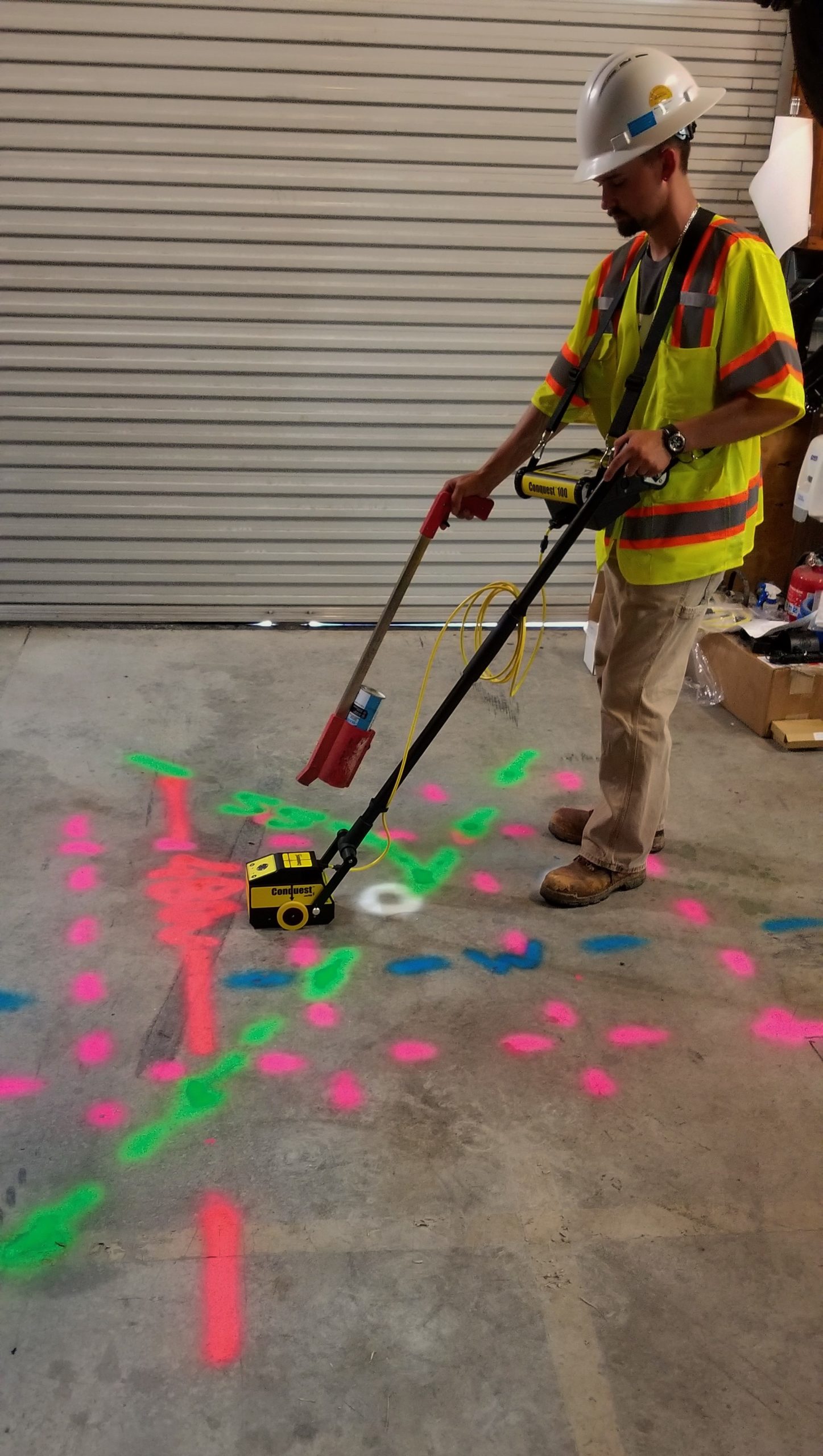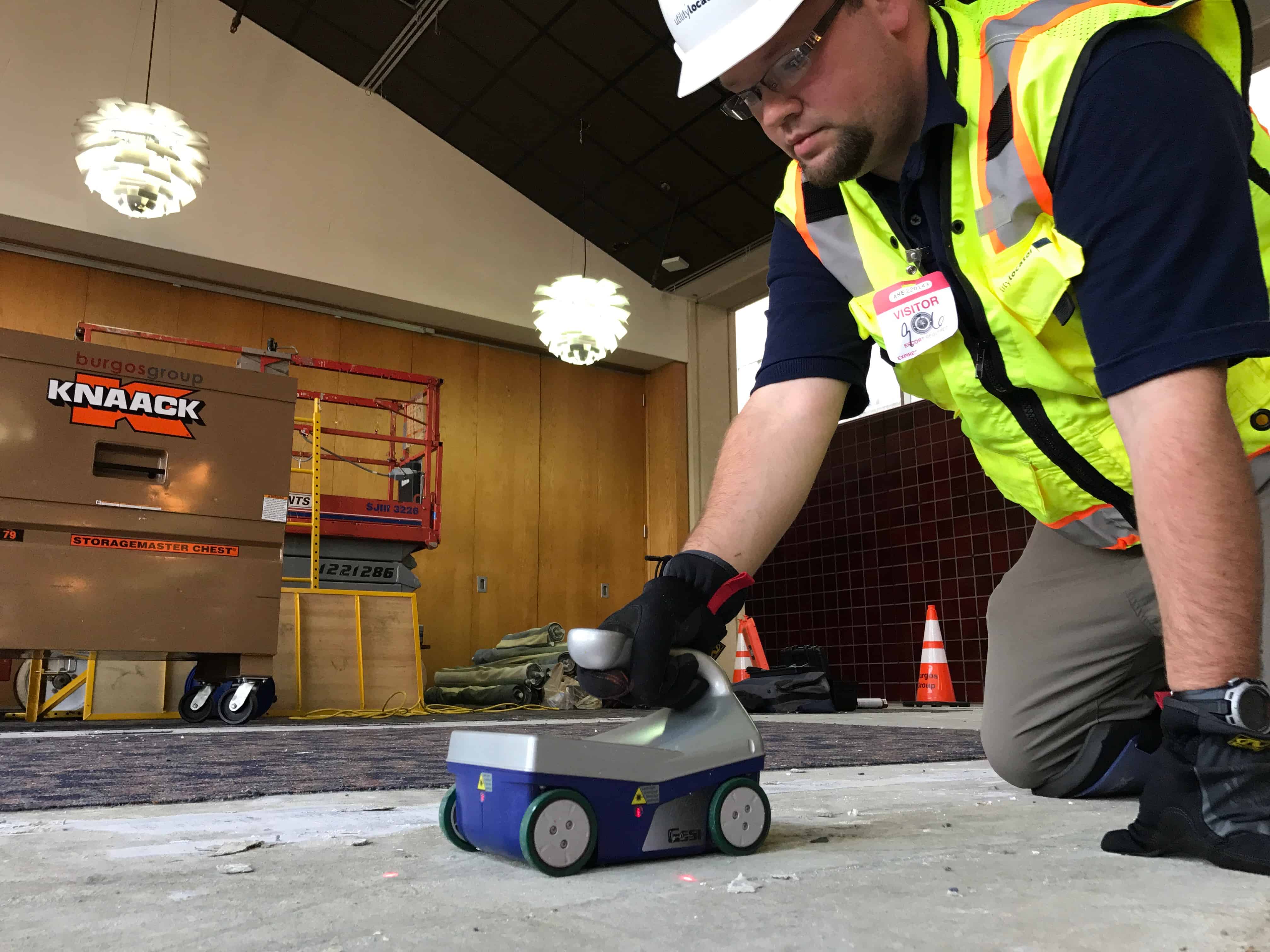Why Pick RainierGPR Concrete Scanning for Accurate Subsurface Evaluation
Why Pick RainierGPR Concrete Scanning for Accurate Subsurface Evaluation
Blog Article
Exploring the Trick Benefits of Concrete Scanning in Building And Construction Projects
In the world of modern-day construction techniques, the application of concrete scanning modern technology has become a pivotal tool for making certain job effectiveness and architectural integrity. From enhancing precaution to precisely discovering utilities hidden beneath the surface area, the benefits of concrete scanning are multifaceted. The capacity to improve task timelines and decrease prices while preserving existing frameworks is a testament to the worth this innovation brings to the construction market. As we look into the nuanced advantages of concrete scanning, it ends up being noticeable that its effect expands much beyond surface-level evaluations, offering a peek into the detailed web of benefits waiting to be discovered.
Improved Safety Measures
Utilizing sophisticated concrete scanning modern technology improves precaution on building and construction websites by giving exact detection of prospective risks concealed beneath the surface. This modern technology enables construction teams to recognize rebar, channels, post-tension cords, and various other obstructions prior to excavation or exploration, significantly decreasing the threat of crashes. By determining these aspects precisely, employees can stay clear of damaging essential architectural parts, therefore protecting against injuries, hold-ups, and expensive repairs.
Additionally, concrete scanning plays an important role in making certain the integrity of existing frameworks throughout restorations or growths. By detecting weaknesses, voids, or deterioration within concrete elements, engineers can attend to these problems proactively, enhancing the general safety and durability of the building. This aggressive method not just reduces the risk of structural failures yet likewise minimizes the possibility for accidents triggered by unforeseen architectural shortages.
Fundamentally, the implementation of concrete scanning technology works as an aggressive precaution that safeguards both building employees and the structural stability of structures, ultimately adding to the overall success and effectiveness of construction jobs. - RainierGPR Concrete Scanning
Accurate Detection of Energies
Concrete scanning technology helps with accurate recognition of underground utilities, enhancing building and construction site security and efficiency. Precise discovery of utilities is essential in building tasks to avoid costly problems, task delays, and most importantly, make sure the safety and security of employees and the public. By making use of advanced scanning technologies such as ground-penetrating radar (GPR) and electromagnetic induction, construction teams can map out the area of buried pipes, cables, and other utilities with high levels of precision.

Time and Price Performance

Concrete scanning modern technology makes it possible for construction groups to precisely situate rebar, post-tension cable televisions, and other ingrained things look at this now within concrete frameworks. This exact information assists in staying clear of pricey errors such as unintended damage to important aspects throughout exploration, reducing, or coring tasks. Additionally, by determining prospective threats beforehand, the requirement for costly repair work or revamp as a result of damages can be reduced, leading to cost savings for the job.

Furthermore, the capability to promptly and accurately detect utilities below the surface area without triggering any damage not only saves time however also stops expensive disturbances to existing facilities. Generally, the moment and expense performance benefits of concrete scanning make it a vital device for improving construction task administration and implementation.
Preservation of Architectural Stability
Protecting the structural integrity of structures and facilities is critical in guaranteeing long-lasting security and security. Concrete scanning plays a vital duty in this preservation procedure by enabling building experts to determine prospective dangers to the structural integrity of a structure or facilities prior to they escalate into major issues. Via the usage of advanced scanning modern technologies such as ground-penetrating radar (GPR) and electro-magnetic induction, building and construction teams can non-invasively analyze the problem visit their website of concrete frameworks, locate rebar, post-tension cords, and other ingrained aspects, and recognize any gaps, fractures, or deterioration within the concrete.
Improved Project Planning
In order to ensure the effective execution of construction projects, precise interest to information and comprehensive planning are important elements that stem from a comprehensive understanding of the structural conditions recognized via concrete scanning. Eventually, integrating concrete scanning into the project planning phase enhances coordination among team participants, promotes positive problem-solving, and contributes to the effective shipment of construction projects within budget and routine restrictions.
Conclusion
Finally, concrete scanning supplies numerous benefits in building projects. By improving security steps, accurately detecting utilities, enhancing time and cost performance, protecting architectural honesty, and helping in project preparation, concrete scanning shows to be an essential device for successful task execution. Its capacity to reduce threats, boost visit site efficiency, and make certain task stability makes it a vital possession for building and construction professionals.
In the world of modern-day building methods, the use of concrete scanning technology has actually emerged as a crucial device for making certain job performance and structural honesty.Concrete scanning modern technology allows building and construction teams to properly situate rebar, post-tension cables, and other ingrained things within concrete structures. With the usage of advanced scanning modern technologies such as ground-penetrating radar (GPR) and electro-magnetic induction, construction teams can non-invasively examine the problem of concrete structures, find rebar, post-tension wires, and other ingrained aspects, and recognize any spaces, cracks, or deterioration within the concrete.
In order to make sure the effective implementation of building and construction jobs, careful focus to information and complete planning are vital parts that stem from a thorough understanding of the architectural conditions determined with concrete scanning. Eventually, incorporating concrete scanning right into the project preparation stage boosts control among team participants, fosters positive analytic, and adds to the effective distribution of construction tasks within spending plan and timetable restrictions.
Report this page